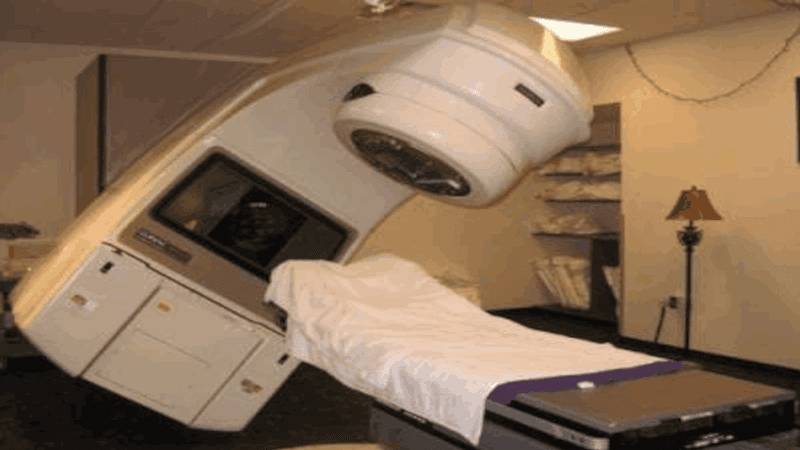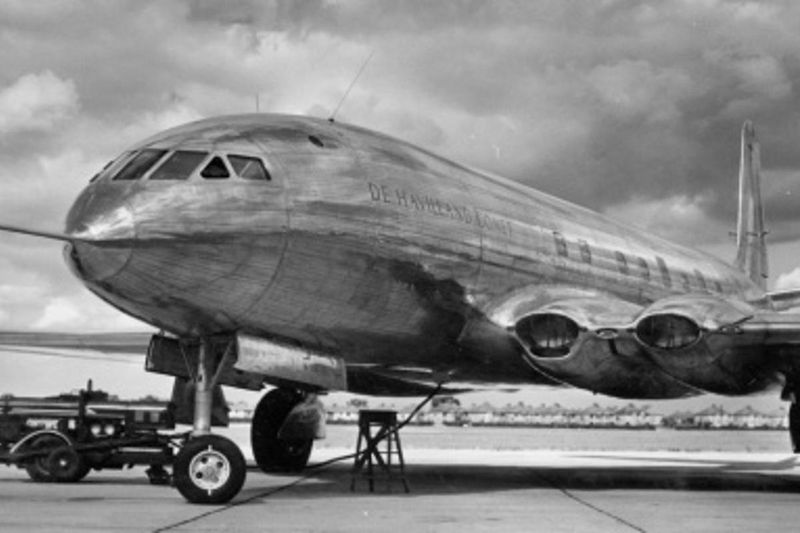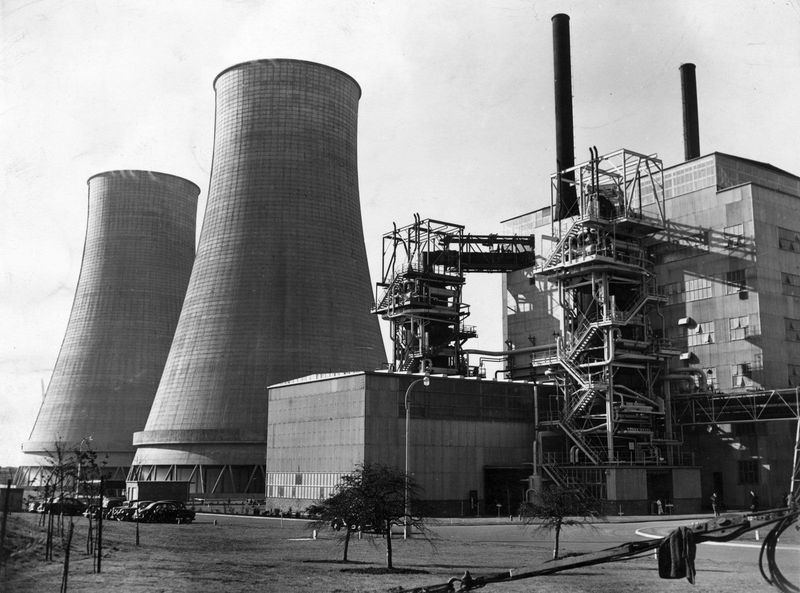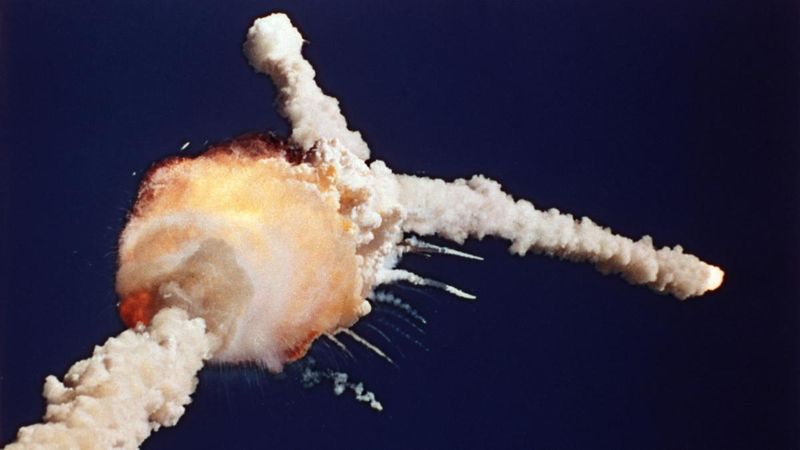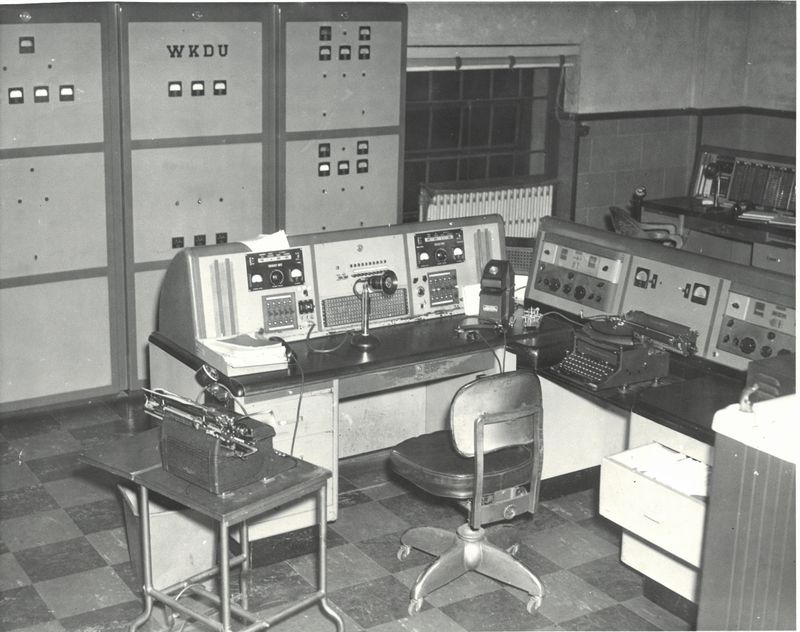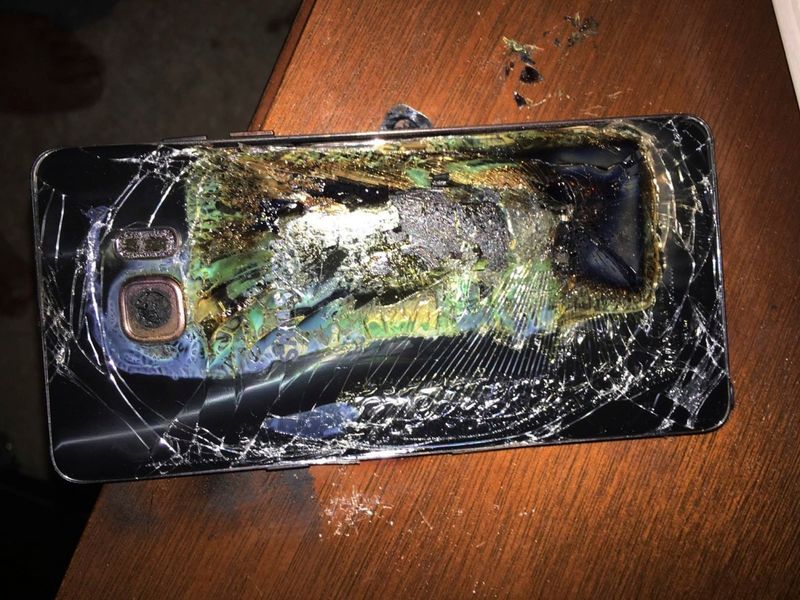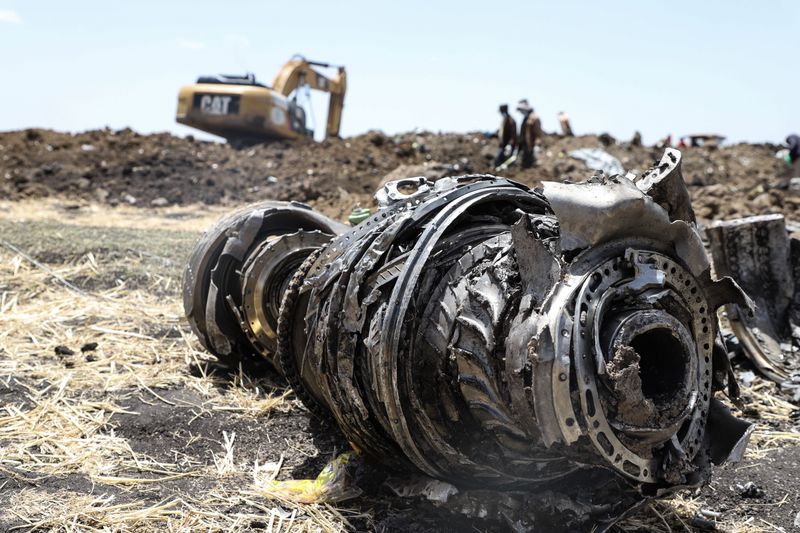History is filled with technological innovations that, while groundbreaking at the time, posed unforeseen dangers. From radiation-emitting shoe fitting machines to flawed aircraft designs, these inventions remind us of the importance of safety and ethics in engineering.
Let’s explore ten instances where technology from the past proved perilously hazardous, shedding light on lessons learned and the advancements that followed.
1. X-Ray Shoe Fitting Machines (1920s-1950s)
Back in the 1920s to the 1950s, shoe stores proudly showcased X-ray shoe fitting machines.
These devices promised a perfect fit by letting customers see their foot bones. Yet, unbeknownst to them, they emitted harmful radiation. Employees, children, and customers were exposed to these rays without proper shielding.
It wasn’t just a quick peek; some spent considerable time comparing different shoes. Prolonged exposure increased cancer risks, a fact discovered much later. This oversight highlighted a dire need for regulation and proper radiation shielding, leading to stricter safety standards in future technologies.
2. The Therac-25 Radiation Machine (1980s)
In the 1980s, the Therac-25 machine was a marvel in cancer treatment. However, a software bug caused it to administer lethal doses of radiation. Several patients suffered severe burns, organ damage, and tragically, some lost their lives.
The error stemmed from a software glitch, overlooked in the excitement of technological progress. Engineers later realized the flaw, but it was too late for many.
This disaster led to improved software testing and safety measures in medical devices, highlighting the importance of meticulous coding and patient safety in healthcare.
3. The Comet Jet’s Structural Flaws (1950s)
The de Havilland Comet, launched in the 1950s, was a pioneering commercial jetliner. Its sleek design and speed were unmatched. However, its square windows caused stress fractures. This flaw led to catastrophic mid-air breakups, resulting in multiple crashes.
Investigations revealed that the sharp window corners concentrated stress, leading to metal fatigue. Engineers were forced to redesign aircraft windows to the rounded shapes we see today.
This tragic flaw underscored the need for thorough structural analysis in aviation engineering, paving the way for safer skies and more resilient aircraft designs.
4. Early Nuclear Reactor Designs (1940s-1960s)
In the early days of nuclear power, designs were ambitious yet flawed. Many reactors, including Chernobyl’s infamous RBMK type, lacked proper containment. This oversight contributed to one of the most devastating nuclear disasters.
Without containment, radiation spread uncontrollably across Europe, causing long-term health and environmental impacts. These early designs taught engineers hard lessons, leading to the implementation of robust safety measures and containment structures.
The tragedies highlighted the need for cautious and responsible nuclear power use, ensuring future generations benefit from this energy source safely.
5. The Ford Pinto’s Explosive Fuel Tank (1970s)
The Ford Pinto, a 1970s sensation for its affordability, had a fatal flaw. Its gas tank was improperly placed, prone to rupture in rear-end collisions. This design oversight led to numerous fiery accidents and fatalities.
Internal documents later revealed Ford’s awareness of the risk. Shockingly, they opted to handle lawsuits rather than issue a recall, prioritizing cost over safety.
Public outcry eventually forced changes, ushering in stricter automotive safety standards. This controversy underscored the necessity of ethical decision-making in product design, ensuring consumer safety over profit margins.
6. The Challenger O-Ring Failure (1986)
In 1986, the Challenger Space Shuttle tragically exploded 73 seconds after launch. The culprit was a faulty O-ring in the solid rocket boosters. Engineers had warned about potential failures in cold temperatures.
Despite these warnings, NASA proceeded, leading to one of history’s worst space disasters. This incident emphasized the critical need for careful risk assessment and listening to expert concerns.
It led to comprehensive changes in shuttle design and testing, serving as a somber reminder of the importance of prioritizing safety in the pursuit of scientific advancement.
7. Flammable Early Computer Wiring (1940s-1960s)
The early days of computing, dominated by machines like the ENIAC, were fraught with fire hazards. These behemoths used vacuum tubes and cloth-insulated wiring, both prone to overheating. Fires were not uncommon.
Some computing labs even had dedicated fire crews ready for emergencies. As technology evolved, so did safety standards. Engineers replaced hazardous materials with safer, more reliable components.
This era paved the way for modern computing, teaching us the importance of not only innovation but also the safety of those using the technology.
8. The Deadly USS Thresher Submarine (1963)
The USS Thresher, a nuclear-powered submarine, sank in 1963 during deep-diving tests. A high-pressure system failure led to its tragic demise. Post-incident analysis revealed critical design flaws in its construction.
These flaws prompted significant safety improvements in submarine design, ensuring future vessels could withstand similar pressures. This event marked a turning point in naval engineering, emphasizing the necessity of rigorous testing and robust design.
It served as a stark reminder of the inherent risks in underwater exploration and the ongoing need for innovation and safety in military technology.
9. Samsung Galaxy Note 7 Battery Explosions (2016)
In 2016, the Samsung Galaxy Note 7 became infamous for its explosive batteries. Faulty lithium-ion batteries overheated, causing devices to catch fire and explode. This defect was so severe that airlines banned them.
Samsung issued a massive recall, costing billions, and faced intense scrutiny. This incident highlighted the critical importance of rigorous quality control and testing in consumer electronics.
It pushed manufacturers to prioritize battery safety, leading to advancements in battery technology and safety standards, ensuring consumer protection in the rapidly evolving world of smartphones.
10. The Boeing 737 MAX Software Disaster (2018-2019)
Between 2018 and 2019, two tragic crashes involving the Boeing 737 MAX revealed a fatal software flaw. The MCAS system misinterpreted sensor data, forcing planes into uncontrollable dives.
This disaster claimed 346 lives and led to the grounding of the entire fleet. Investigations revealed inadequate pilot training and software testing. Boeing faced global scrutiny, prompting significant changes in aircraft software and training protocols.
This tragedy underscored the vital importance of thorough testing and transparency in aviation technology, ensuring that safety remains a top priority for all future innovations.


